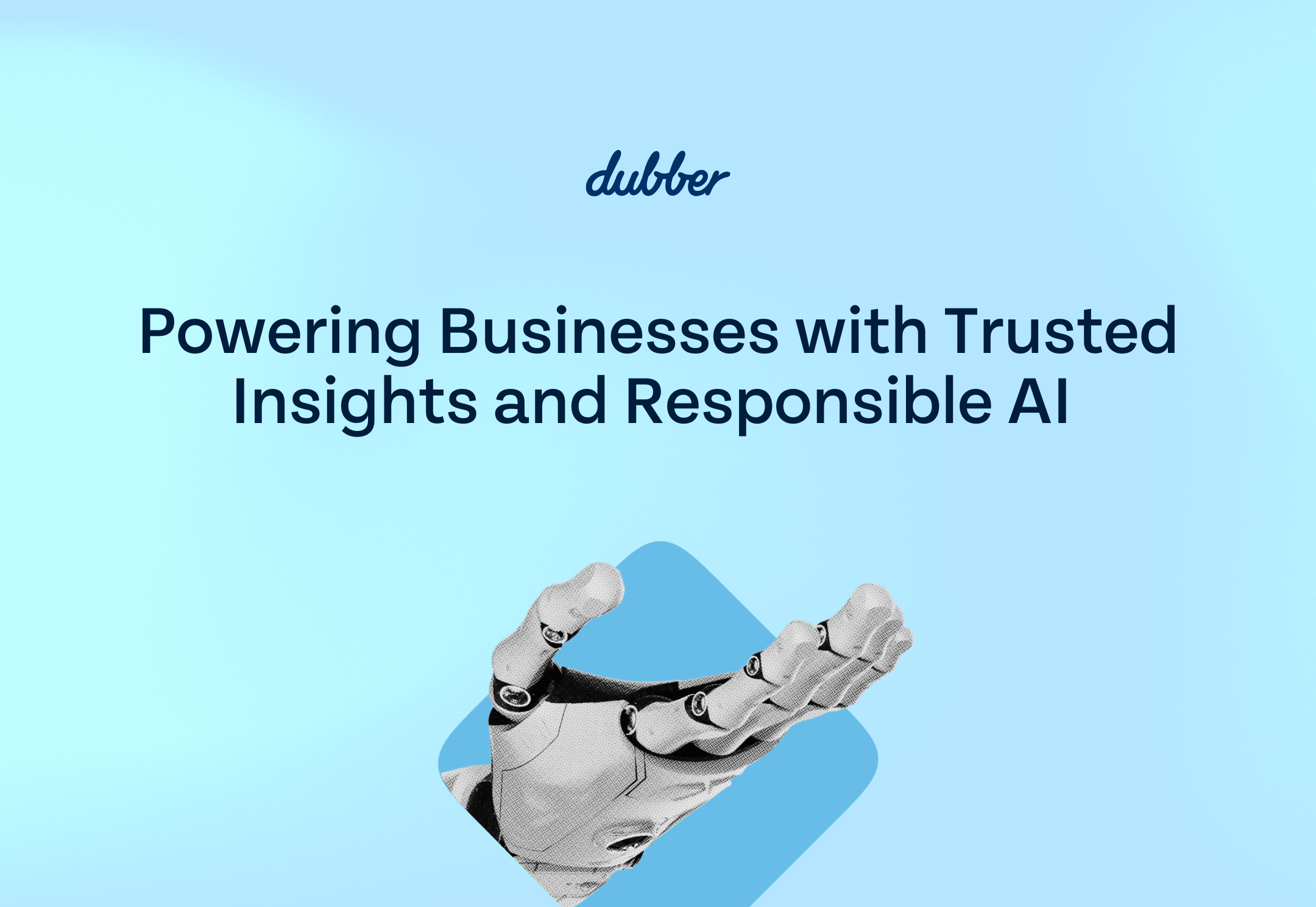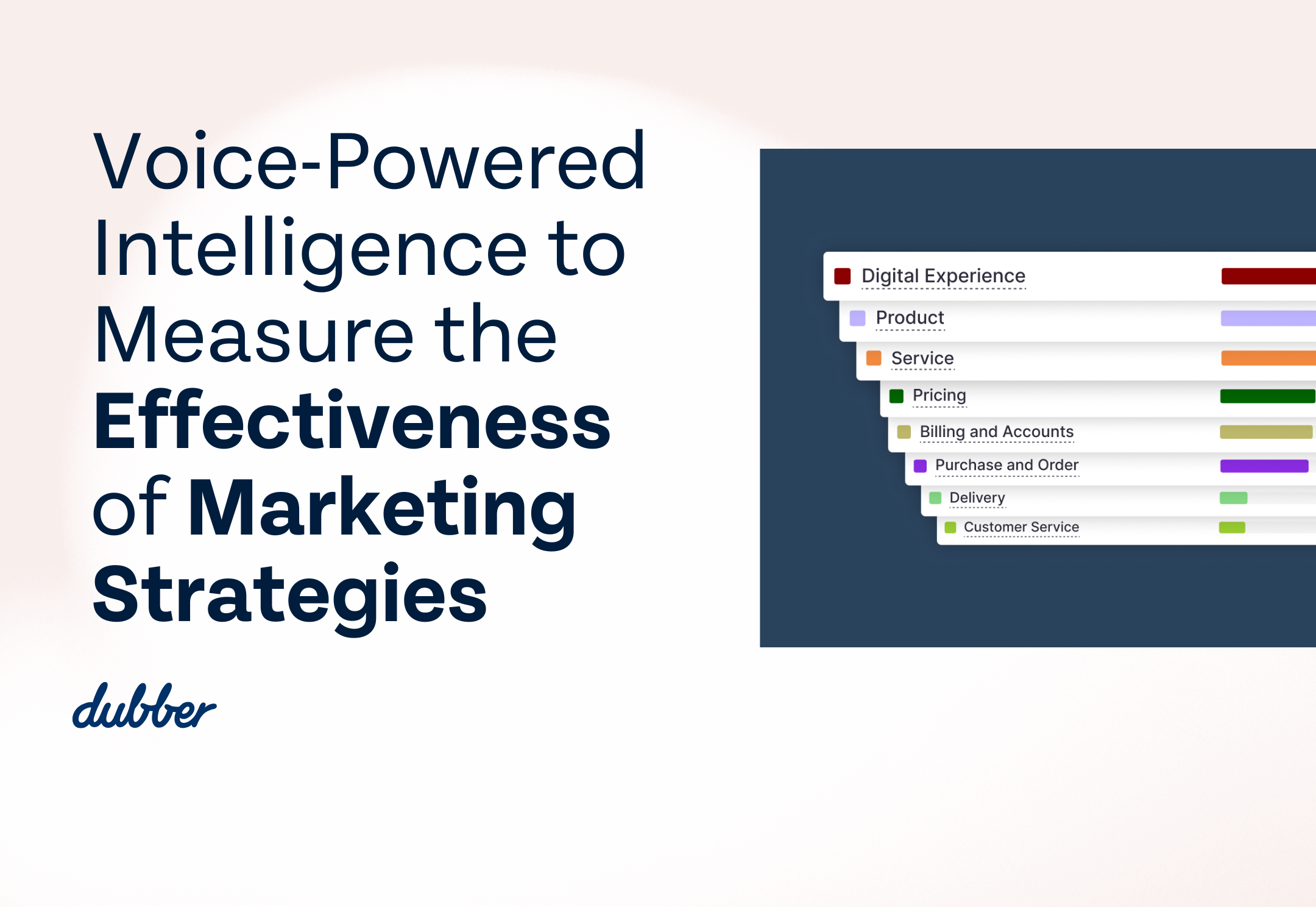

The Fourth Industrial Revolution: An Introduction
The Fourth Industrial Revolution is a wave of digital development that encompasses our physical surroundings. Where the First Industrial Revolution used steam power to transform manufacturing and travel, the Second used electric power to enable mass-production, and the Third used technology to automate processes, the Fourth uses emerging technology including artificial intelligence (AI), robotics, the Internet of Things (IoT), 3D printing, nanotechnology, biotechnology, and quantum computing.
This series will give a general overview of the Fourth Industrial Revolution, with future pieces discussing what this will mean for networks, telecommunications, customer service, and the workforce.
The Fourth Industrial Revolution and business
The Fourth Industrial Revolution has the potential to generate income and improve quality of life through new products and services that increase efficiency and make our lives easier. It is predicted that logistics and global supply chains will improve, reducing the cost of transportation and communication and the overall cost of trade: resulting in new markets and economic growth.
Market disruption will be driven by agile players who can offer better quality, experience, speed, or price options thanks to improvements in technology. We have already seen how technology is creating new ways to consume goods and services via smartphones. The Fourth Industrial Revolution will affect customer expectations, as well as product and business development.
Artificial intelligence
AI is fast becoming a part of everyday life. Self-driving cars are being developed, while drones and virtual assistants are now commonplace. AI technology is being driven by the availability of vast amounts of data, something that has fuelled the development of our own AI technology. We developed Dubber AI to allow everyone, not just big businesses, to gain insight from their calls, and ultimately make their lives easier. With AI, businesses can identify common problems and resolve complaints to improve customer loyalty, while people in their everyday lives can use call transcripts to remember important details. Other technology companies, such as IBM, are using AI to improve everything from healthcare to Wimbledon.
Telecommunications developments
The telecommunications industry will be at the forefront of the Fourth Industrial Revolution, as a driver of global digital transformation. Investment in technology and interoperability has enabled the flow of data and the creation of new business models across industries. A globally connected network empowers millions of people around the world by giving them access to information and marketplaces.
Data will soon become a commodity such as electricity and telecommunications service providers will need to create an offering that prioritises customer experience in order to succeed. They are uniquely placed to offer a personalised customer experience that extends revenue streams beyond connectivity, through integrated IoT solutions and new communications technologies that leverage developments in augmented and virtual reality. Networks will also evolve from on-premise equipment to an era of software systems.
Competitive advantage will be achieved through the ability to collect data and create new outcomes or experiences for end users. Telecommunications service providers who offer enterprises a variety of data-driven use cases will add value to their offerings and ultimately their customers. 2020 sees 44 zettabytes (44 trillion GB) of annual data flow, 40% of which will be stored or processed in the cloud.
In part two of the Fourth Industrial Revolution series we’ll look at how intuitive networks will create value for customers through flexible services, faster routes to market, and improved user experience.

